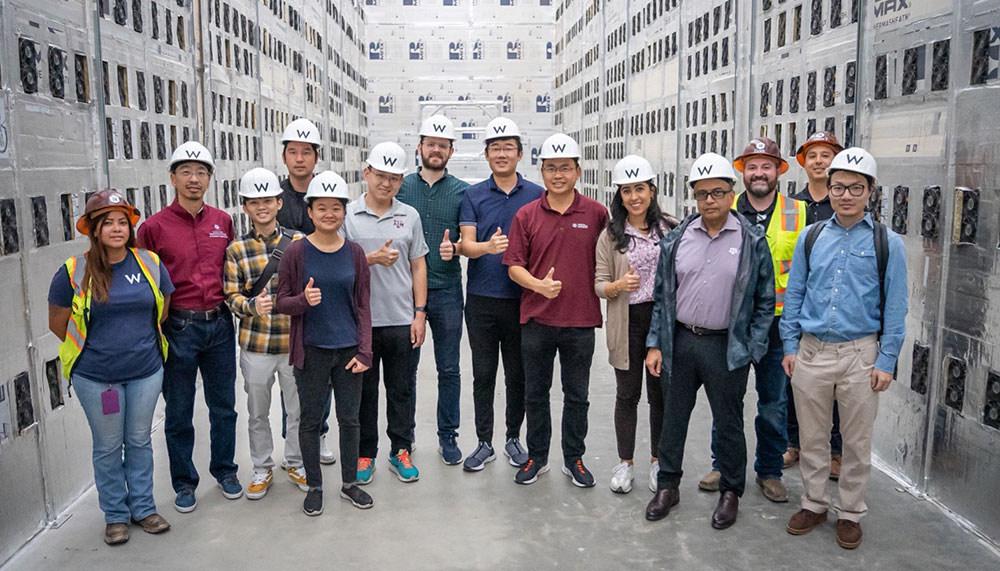
Cryptocurrency transactions may be costing more than just transaction fees. The electricity used for these transactions is more than what some countries, like Argentina and Australia, use in an entire year.
Published estimates of the total global electricity usage for cryptocurrency assets such as Bitcoin are between 120 and 240 billion kilowatt-hours per year, according to the White House Office of Science and Technology. The United States leads these numbers.
Finance and business experts have debated the ramifications of cryptocurrency and mining, but little focus has been placed on the impact of these activities on the power grid and energy consumption until now.
Dr. Le Xie, professor in the Department of Electrical and Computer Engineering at Texas A&M University and associate director of the Texas A&M Energy Institute, is at the center of this effort to understand how cryptocurrency mining impacts the power grid and how to use this information for further research, education and policymaking.
Even as technology improves, allowing users to do more while using less energy, cryptocurrency mining is computationally intensive, and the measure of power on the blockchain network, or hash rate, is still rising.
There seems to be a very strong negative correlation between the mining demand and the systemwide total net demand.
During the summer heatwave of 2022 in Texas, Xie and his collaborators found an 18% reduction in worldwide cryptocurrency mining. The decrease was linked to the stress on the Texas power grid, which led the Electric Reliability Council of Texas to issue a request for energy consumers to conserve energy.
“There seems to be a very strong negative correlation between the mining demand and the systemwide total net demand,” Xie said. “When the grid is stressed, crypto miners are shutting down, which demonstrates a potential for demand flexibility.”
For example, when the grid is under stress due to a heat wave, homeowners consume more air conditioning and, in turn, more power. Compared to these types of firm demand, the cryptocurrency mining demand shows good potential for providing flexibilities during times when peak energy usage in other areas is vital.
Their findings are published in the March issue of the Institute of Electrical and Electronics Engineers Transactions on Energy Markets, Policy and Regulation and the June issue of Advances in Applied Energy.
In these papers, Xie and his students provide data to allow a first step into studying these mining facilities’ carbon footprint and the impact on grid reliability and wholesale electricity prices. Ultimately, location matters, and many factors play a part in this complex discussion.
“Increasing firm demand will invariably result in a decrease in grid reliability,” Xie said. “However, with crypto mining modeled as a flexible load that can be turned off during the stressed moments, it can be a positive contributor to the grid reliability.”
Xie is the lead for the Blockchain and Energy Research Consortium at Texas A&M, which is a collaboration between a team of Texas A&M researchers and industry partners. Their mission is to provide an unbiased multidisciplinary resource to communicate recent developments in the intersection of blockchain and energy.
Although cryptocurrency is still in its infancy, one thing is certain — increasing energy usage will be critical as this emerging industry for transactions continues to advance. With that in mind, Xie is continuing his research to find a solution that helps take advantage of blockchain-enabled technologies while ensuring a sustainable grid.